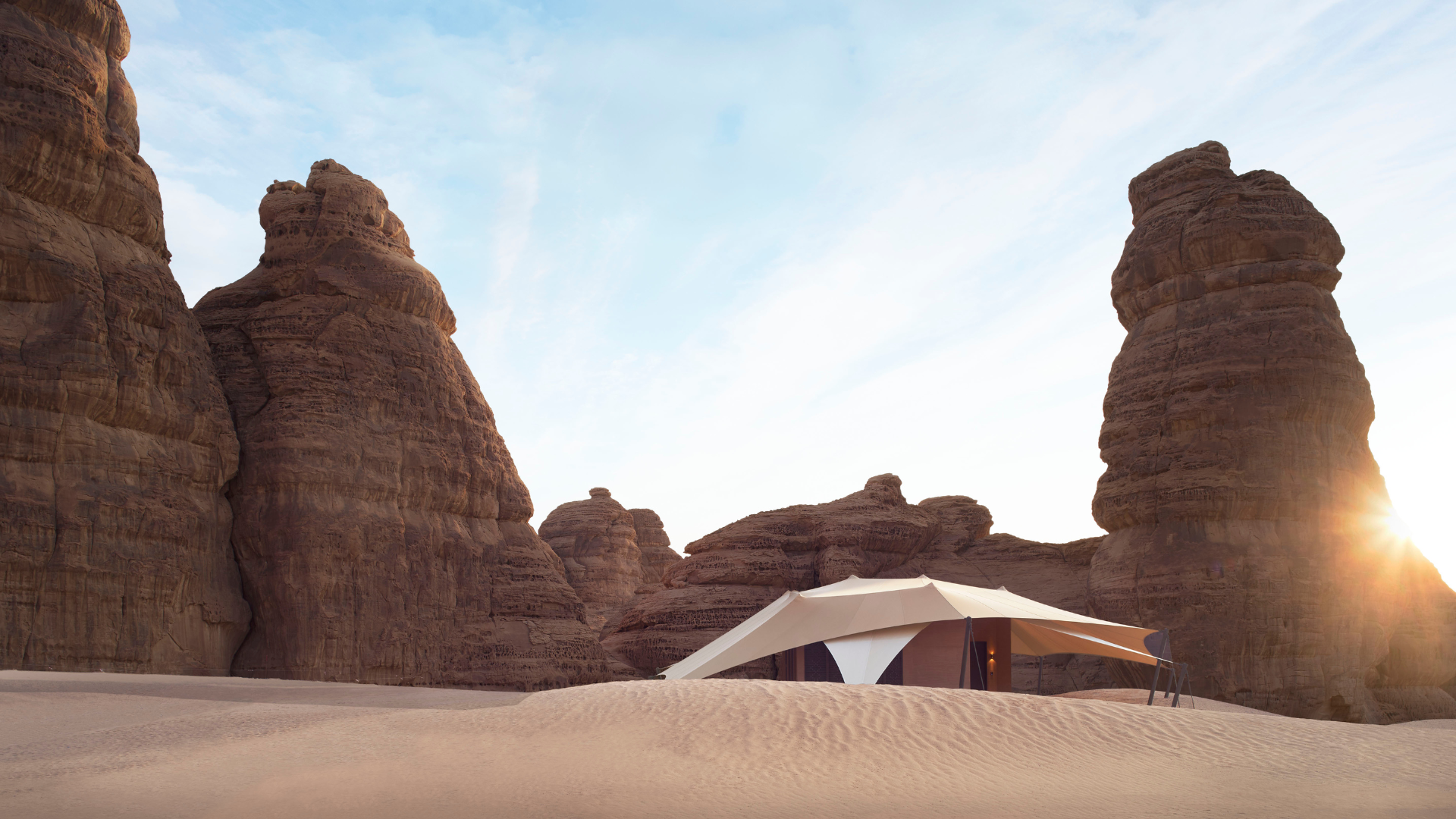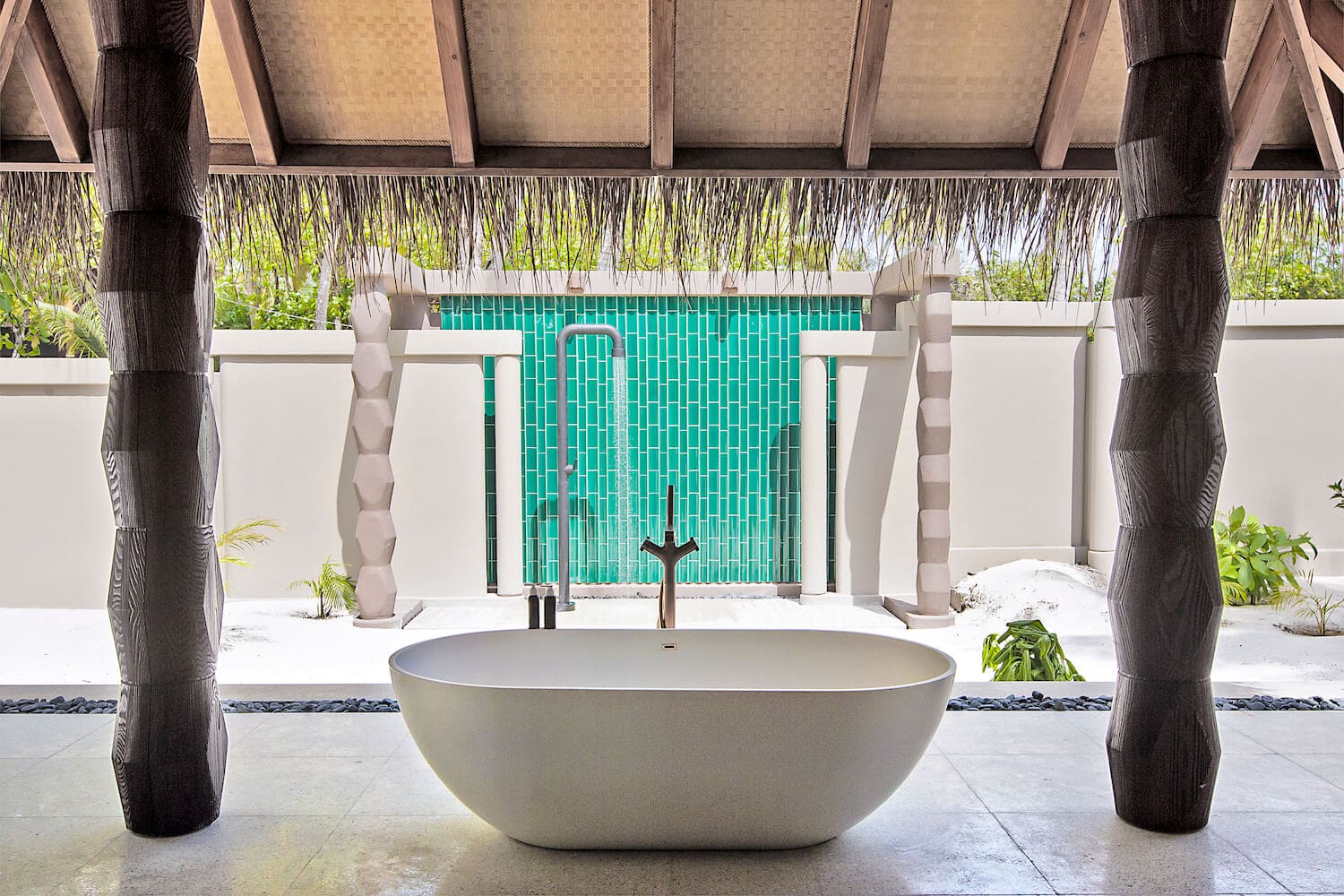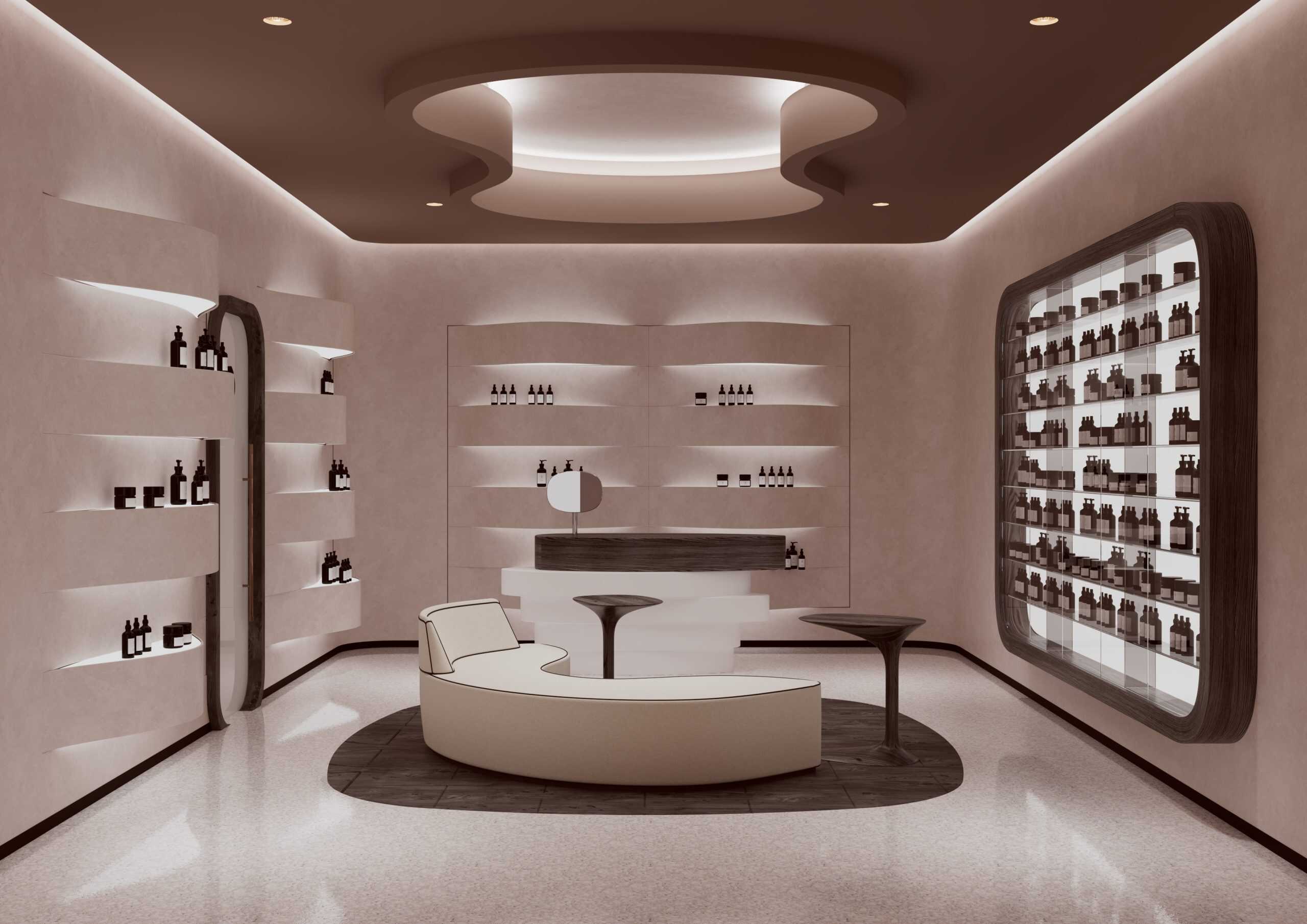With over 15 years of experience in the health and wellness sector, Aro Hā co-founder and wellness architect, Damian Chaparro, knows a thing or two about healing retreats. Aro Hā is a luxury wellness retreat based in New Zealand, offering transformational programmes for ambitious adventurers. We speak to Damian about his favourite destinations, the best wellness retreats, and his travel essentials.
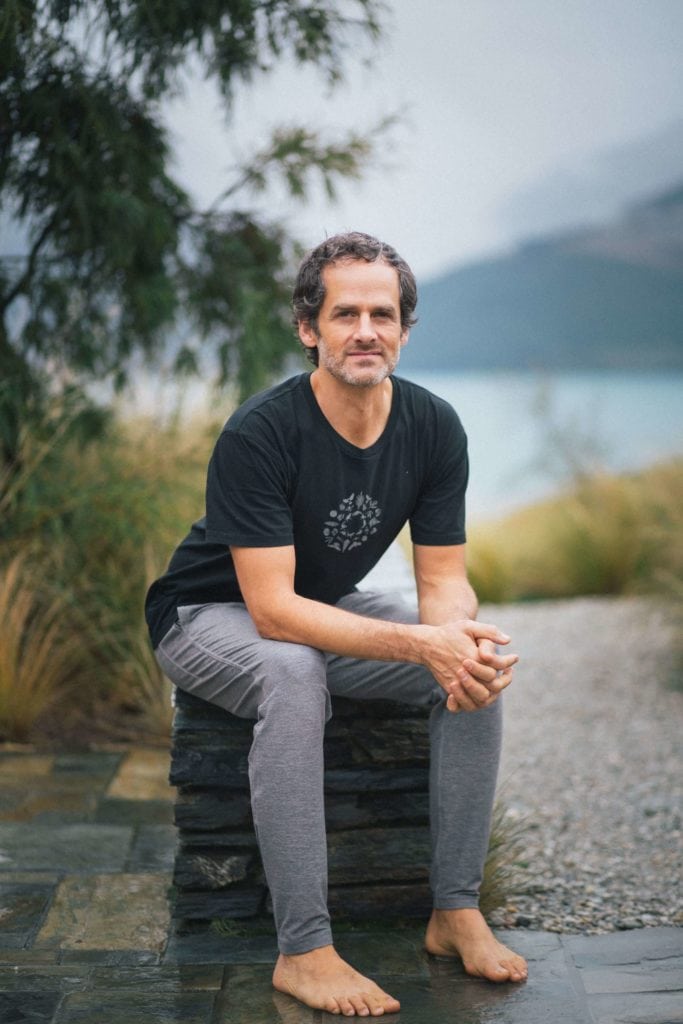
Describe the type of traveller you are in five words. Nature, Wisdom, and People Seeker.
What’s your favourite kind of destination and why? Tropical beaches, winter wonderlands, and back-to-basic mountain landscapes—my favourite destination is one that surprises me. The less I plan, the better my travel usually goes. I’ll often anchor each destination with one or two intentions or bookings, and then leave plenty of space for going with the flow. I’ve never met a climate I didn’t like, and while I’ve been frustrated, bullied, arrested, and pick-pocketed, I’ve never met a culture I haven’t liked either.
See also: A Plant-Based Luxury Wellness Retreat At Aro Hā, New Zealand
When it comes to wellness retreats, what are you looking for in a retreat? These days I’m usually looking for particular teachers, rather beautiful destinations. I like to learn from the bright lights in this world, and we are blessed to have so many who are still living and teaching.
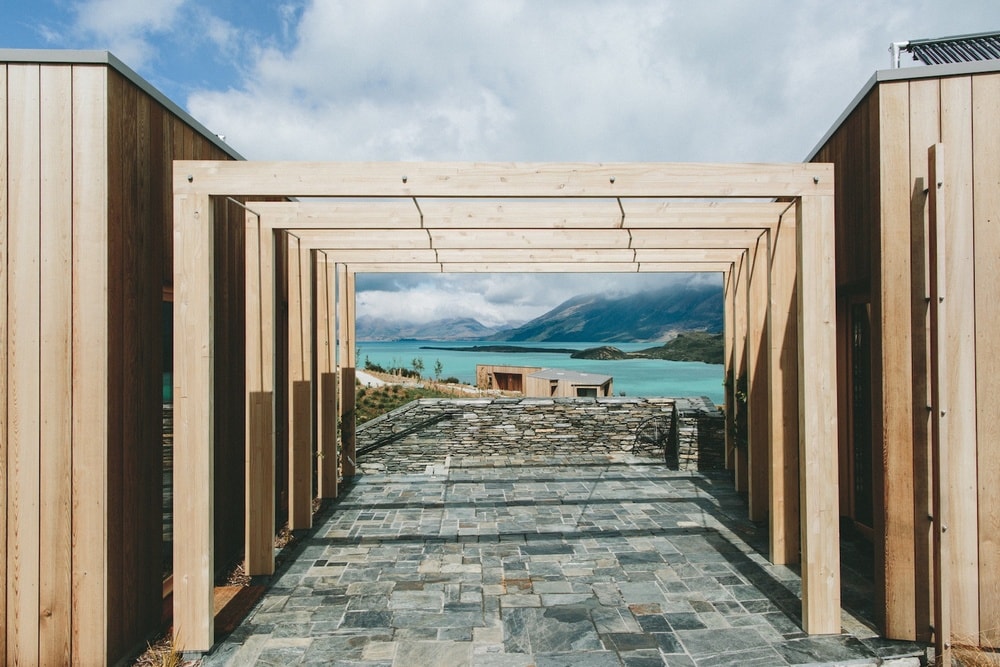
Which wellness retreats that you’ve visited really stand out to you? One of the great living masters in my opinion is Byron Katie. She leads a 10-day retreat called The School For The Work. They’re always held in lovely locations, and it’s for teaching you to unwind that nagging source of discomfort inside. It’s not comfortable work, but neither is the alternative. Another one of my favourites is Esalen, in Big Sur. It’s large, social, relaxed, and has got a plethora of options to choose from.
What are your wellness retreat travel essentials? I revel in the art of packing light. For me it’s usually more about what I don’t bring, rather than what I do bring. I leave the computer at home, clear the calendar of responsibilities, and do my best to completely tune in and drop out. I also like to leave a bit of space in my suitcase for the epic additions found along the way. I love finding something special to bring home to remind me of my trip.
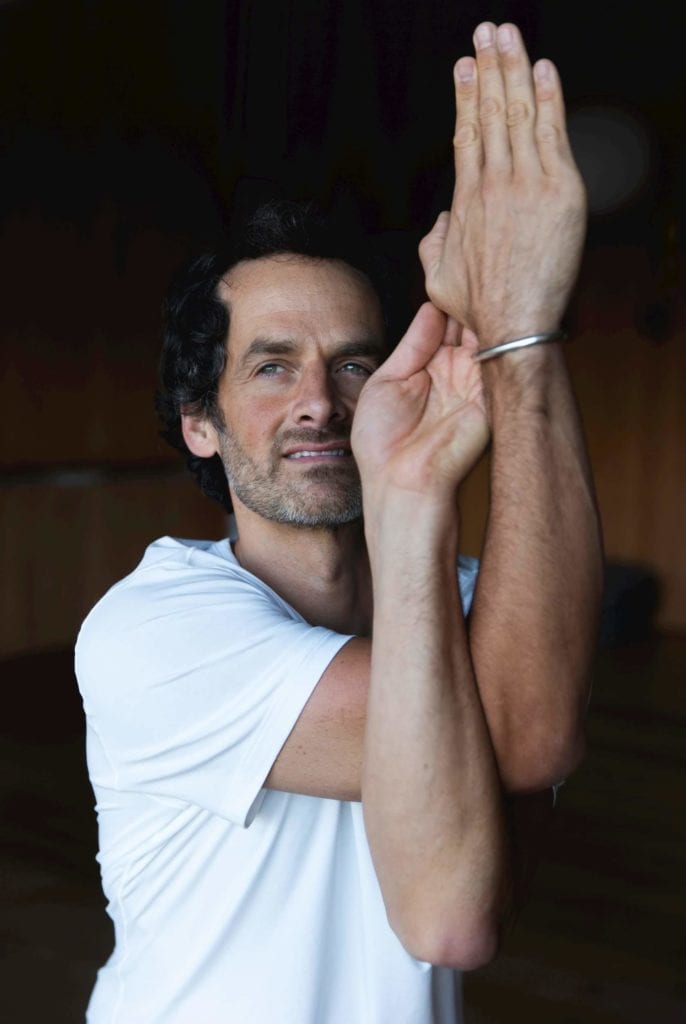
When you’re on holiday, what are your rules to make sure you really disconnect from work, your phone, etc? I’ve got rules, and I’ve broken rules. Disconnecting to reconnect is one of the most profound new areas of spiritual practice. Our screens are amplifying aspects of ourselves that we don’t want to amplify. If you can’t remember the last time you spent a day without looking at your phone, it’s worth finding space to take a break. Personally, as part of my daily practice, I’ve taken time to dumb down the distractions on my devices. In fact, I teach a class called Defang Yo Thang, and by the end of the session I suggest that the boundary I find most beneficial is around bed—so no screens one hour before bed, and no screens one hour after waking. This has been a big shift for me, and one that continues to infuse a lot of peace into my day.
Which wellness retreat and/or destination is on your bucket list for 2021? What about this place makes you want to go? I’d like to go check out Joe Dispenza. I loved his work in the early days, and I would imagine it’s still edgy and insightful.
See also: 9 Wellness Retreat Experts on Their Favourite Apps
What’s the weirdest activity/therapy you’ve ever tried in the name of wellness? And what was your verdict? There have been many strange practices over the years, but one stands out for me are ozone enemas. Who would think that gas should be inserted rectally? Turns out the experience isn’t terrible, and the effects of Ozone (O3) have been well studied. Ozone works through the inactivation of bacteria, viruses, yeast, fungi and protozoa. It can be used in a multitude of ways, including intravenously. Ozone therapy disrupts the integrity of the bacterial cell envelope through oxidation of the phospholipids and lipoproteins. In fungi, O3 inhibits cell growth. With viruses, O3 damages the viral capsid and upsets the reproductive cycle by disrupting the virus-to-cell contact with per-oxidation.
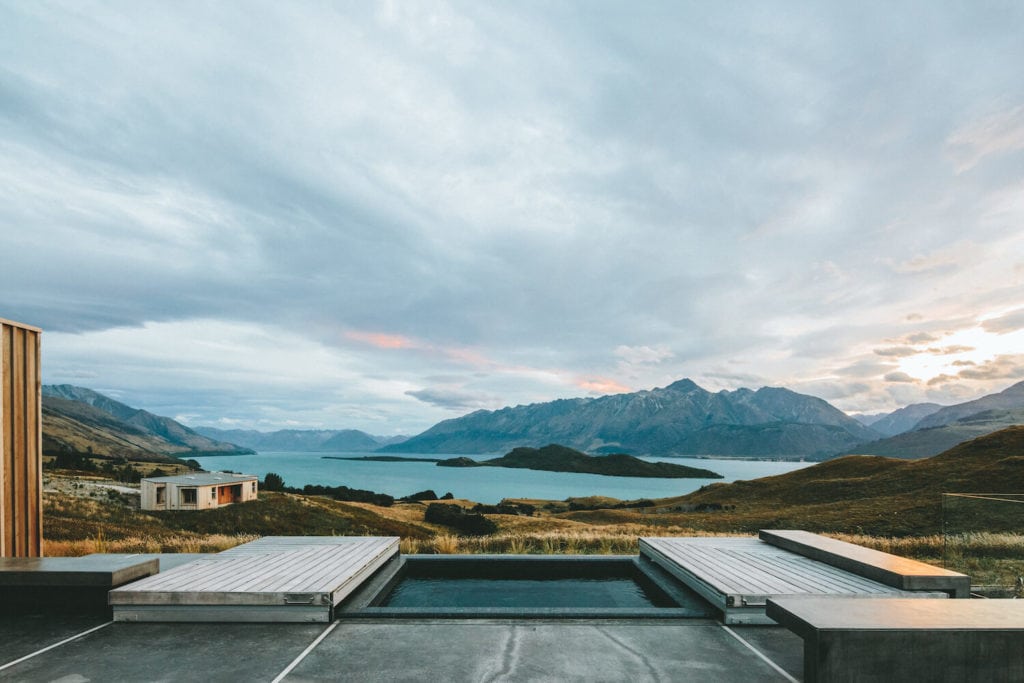
Describe your travel style. What’s always in your suitcase/holiday wardrobe? Do you have any go-to pieces or designers? My go-to travel gear is comfort and function-focused. I love my Patagonia 70L Duffle—it can be used as check-in luggage, carry-on luggage, or worn as a backpack. Ever since Aro Hā began moving towards Zero Waste, I’ve been developing my Zero Waste To-Go kit. At a minimum, it’s a water bottle, keep-cup, tiffin tin, hand-towel, cutlery, ear plugs, and eye mask. I live in stretchy things, mainly Lululemon. I listen to Audible, and I’m enjoying my Oura ring for sleep and fitness tracking.
See also: Aro Hā New Zealand Is The Perfect Retreat For Ambitious Adventurers
When you can’t get away, how do you retreat at home? What businesses/resources in your home city/town do you use on a daily/weekly basis to maintain your wellbeing? I live in a town of 300, so between nature, breath, and online resources, I can always find what I need to rejuvenate. I teach and meditate with InsightTimer. I practice yoga with Glo. You’ll find two of my teachers there, Annie Carpenter and Rod Stryker. I enjoy Blinkist for distilled study. Otherwise, one of the most powerful practices I’ve used over the last few years is choosing one habit to change each year. Just one. I tackle the biggest one I can think of, and over the last few years, I’ve dropped alcohol, coffee, and started a daily meditation practice. It really works for me and doesn’t feel like work once the habit has fully formed.

